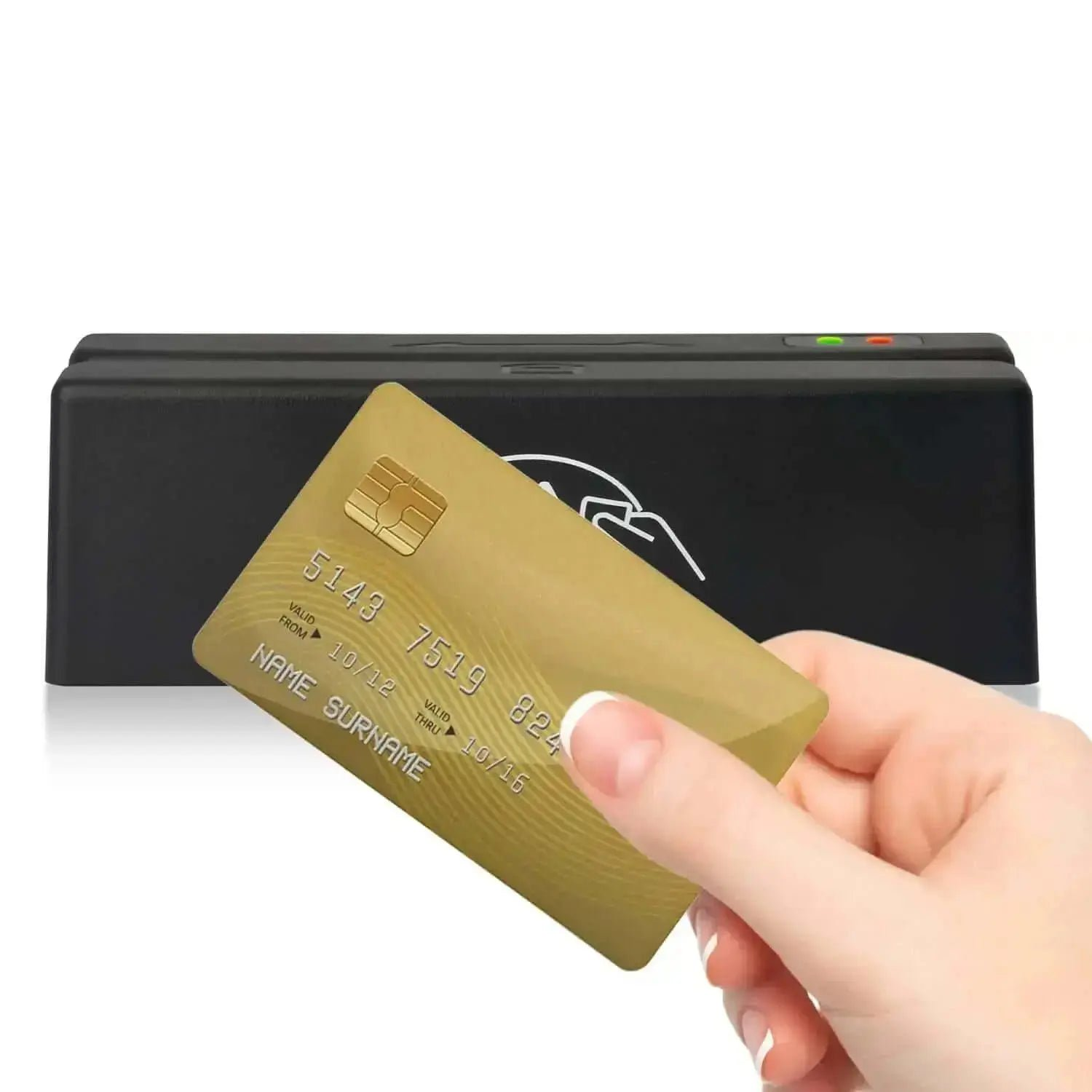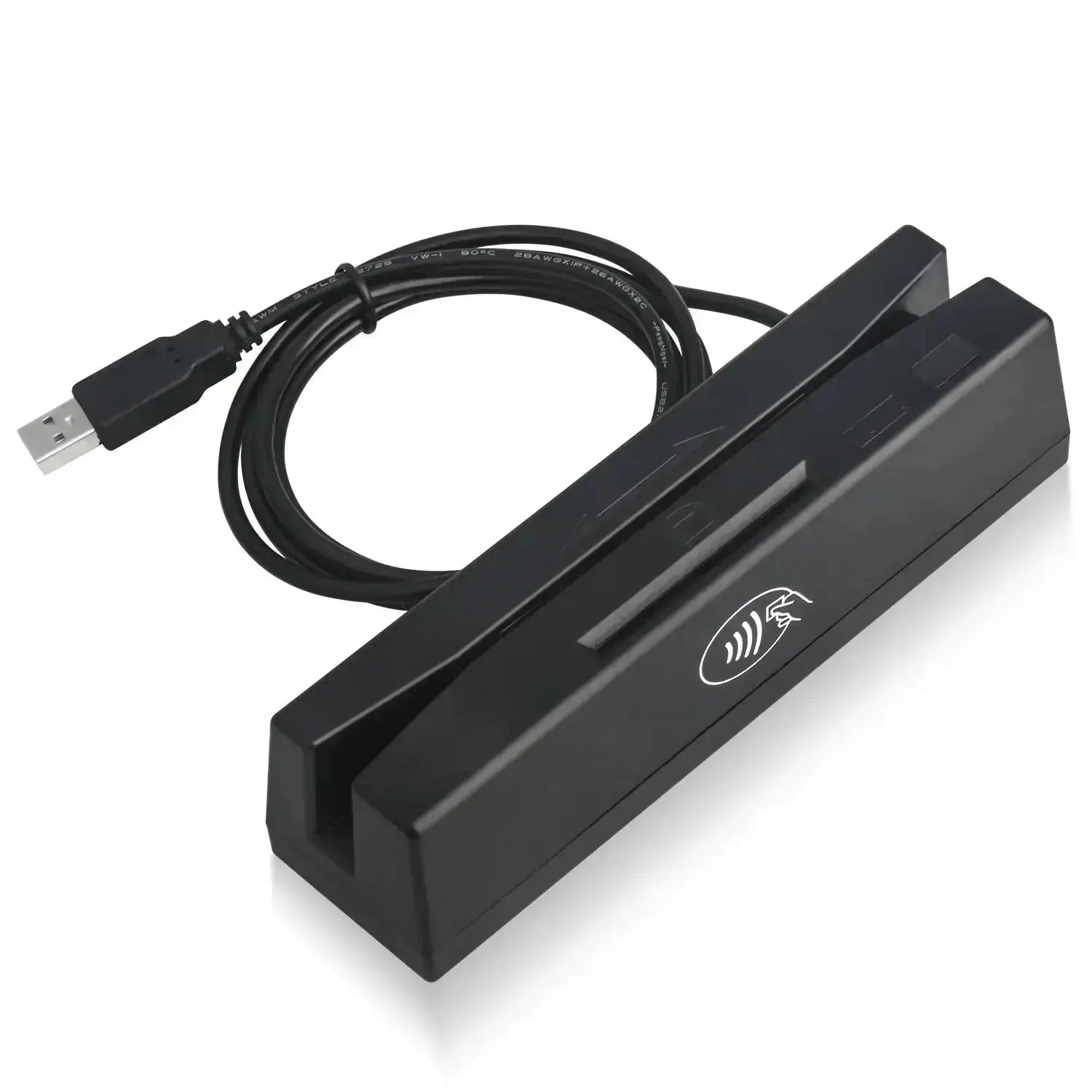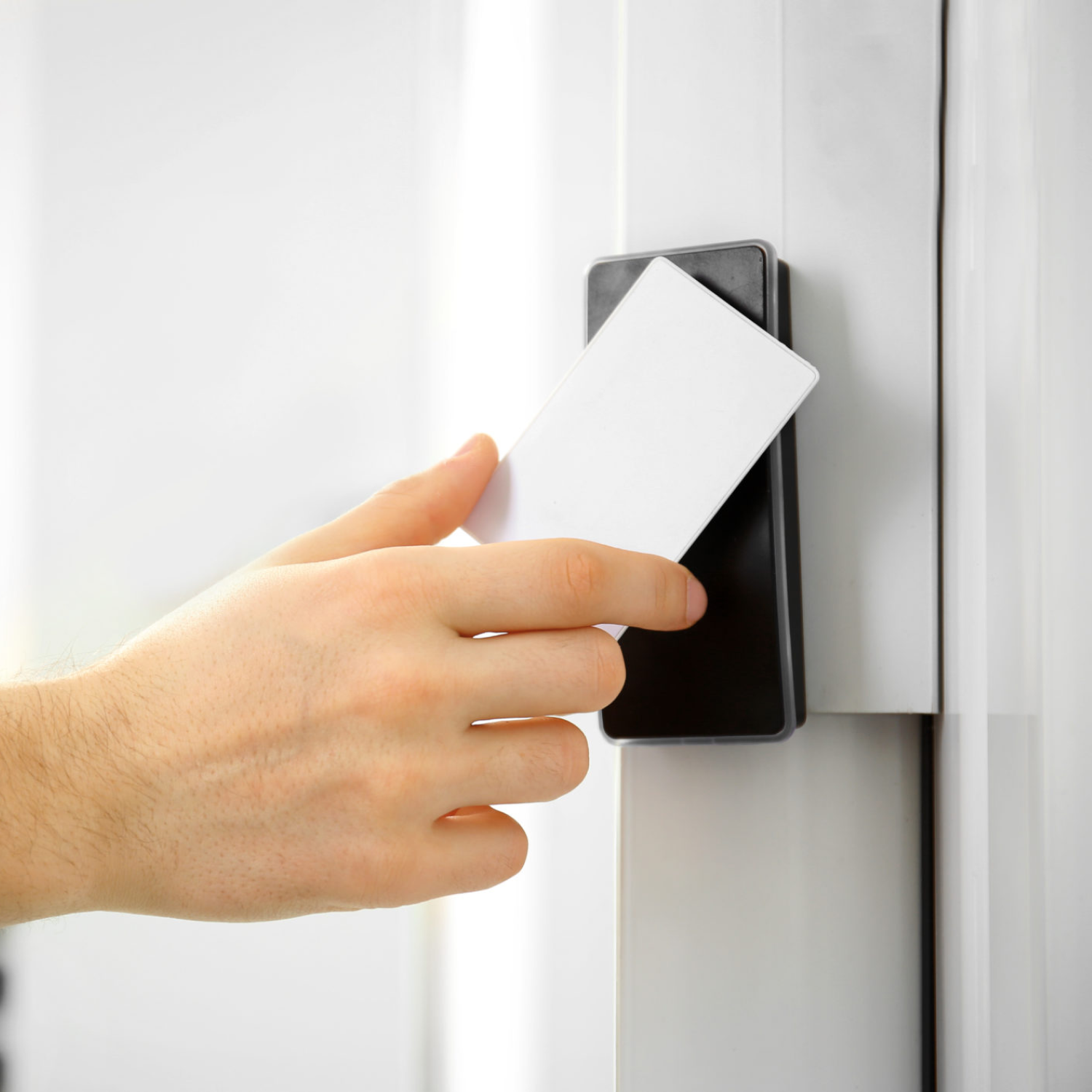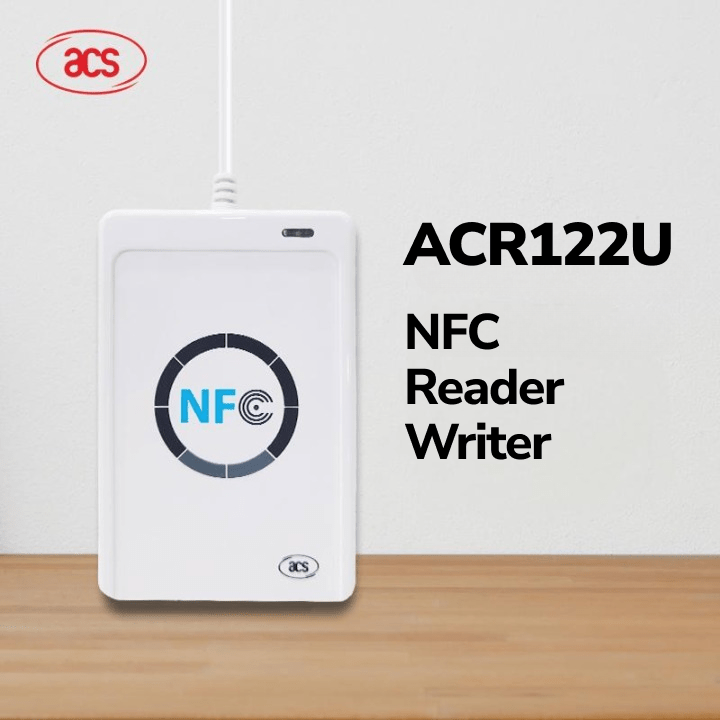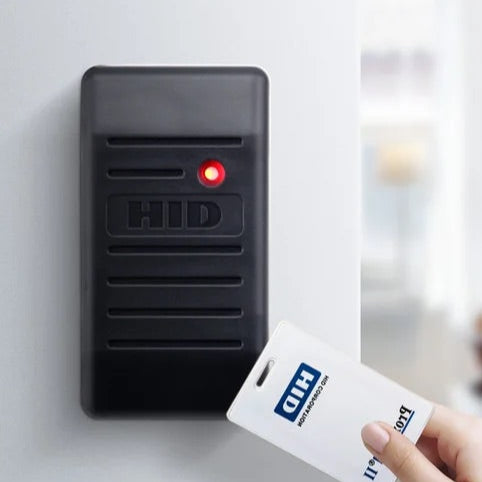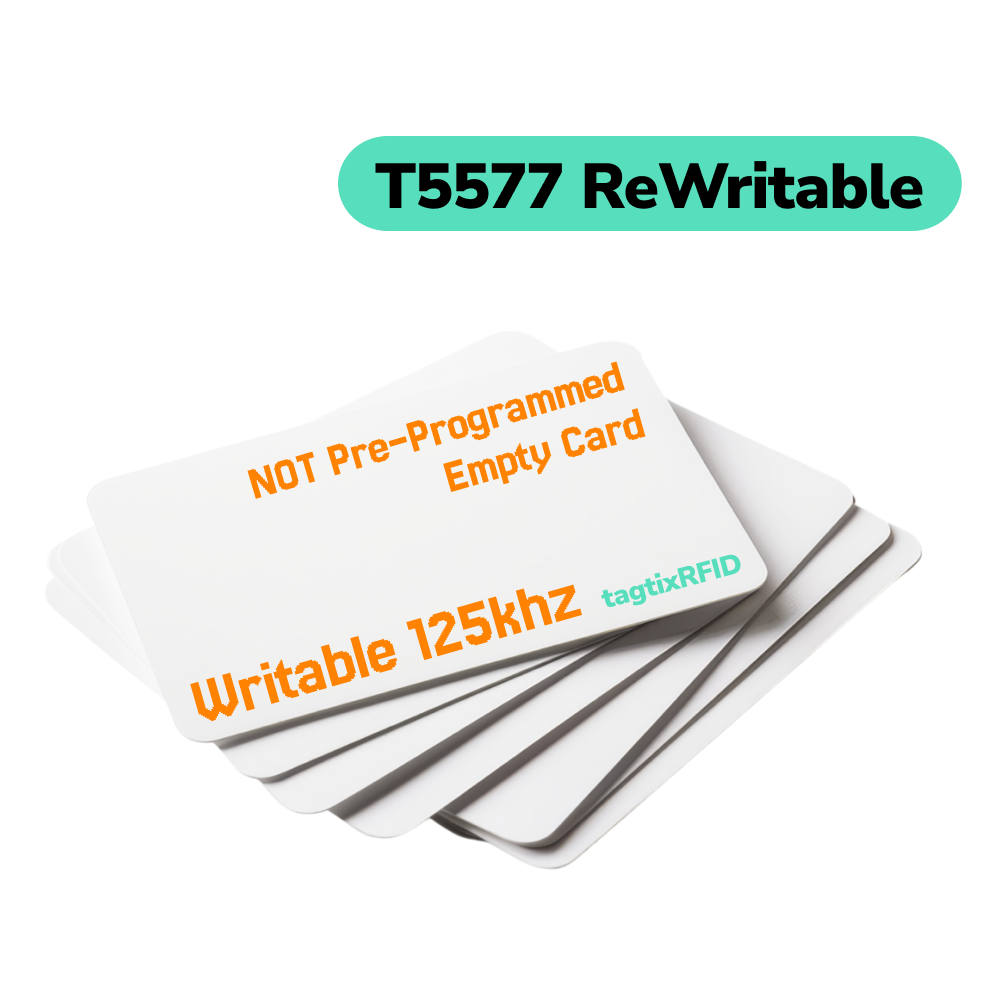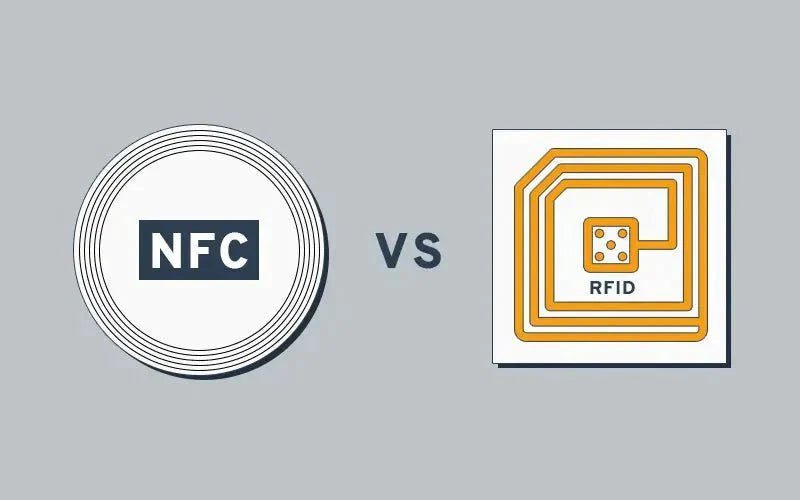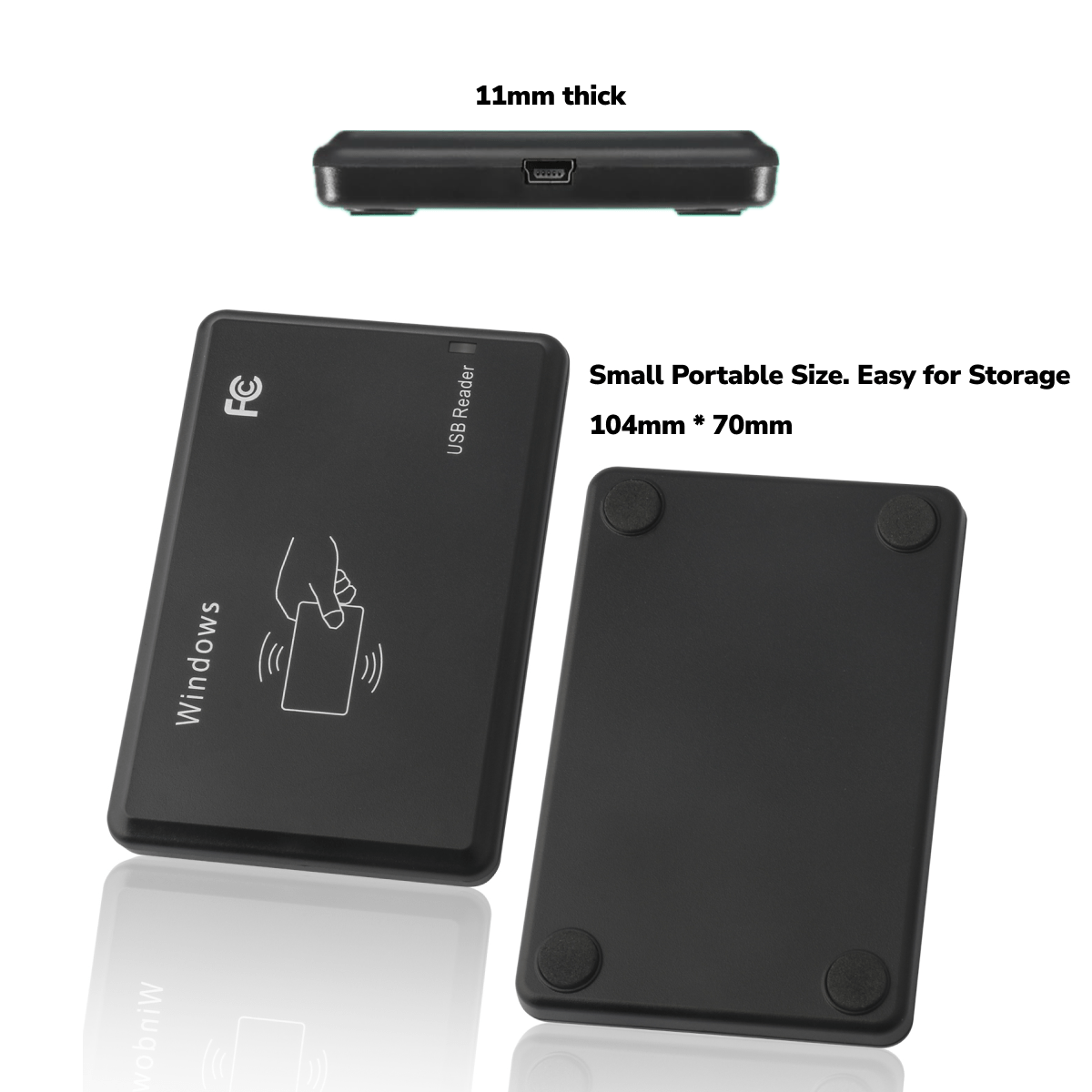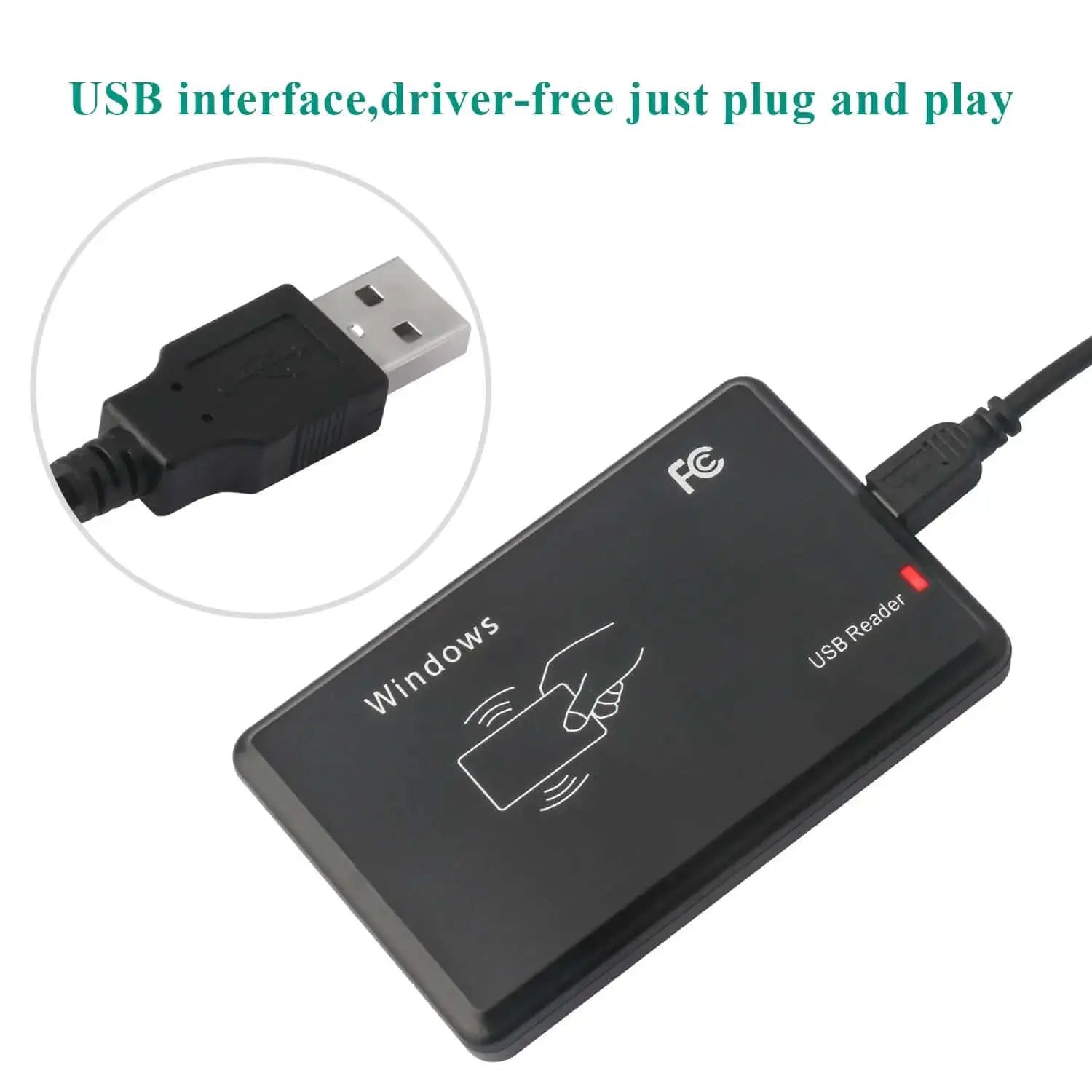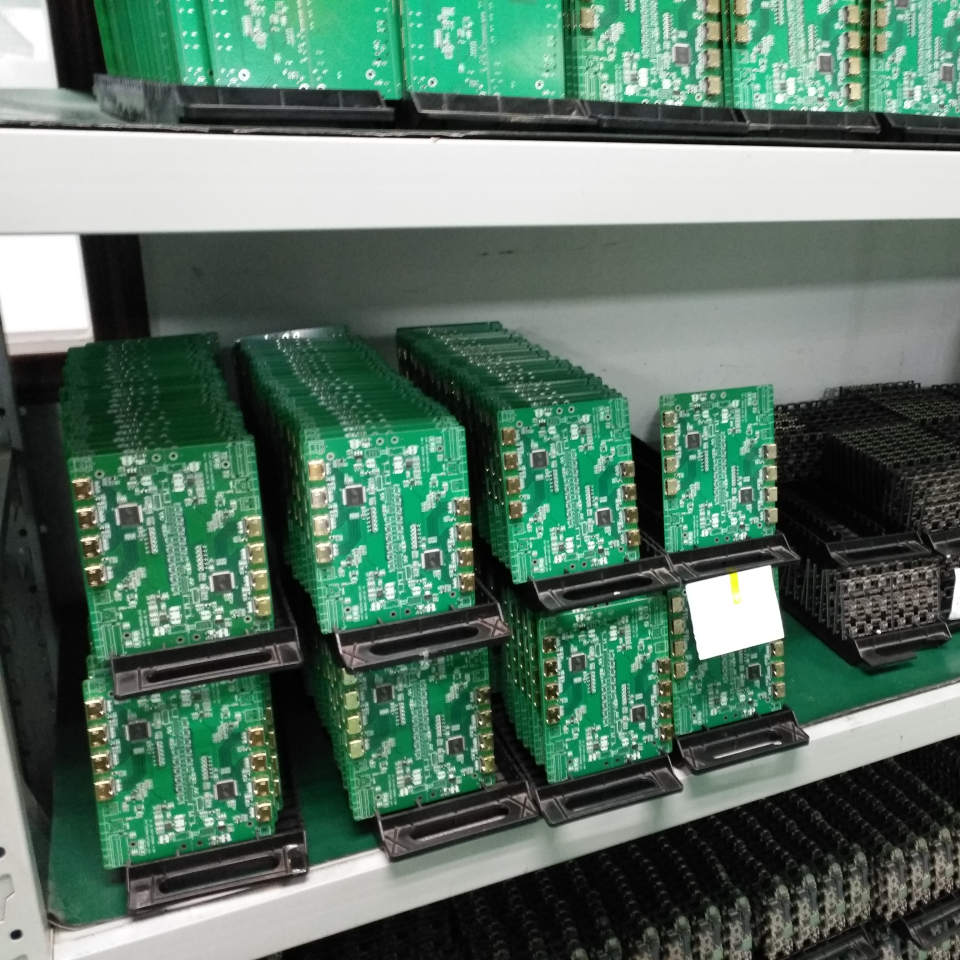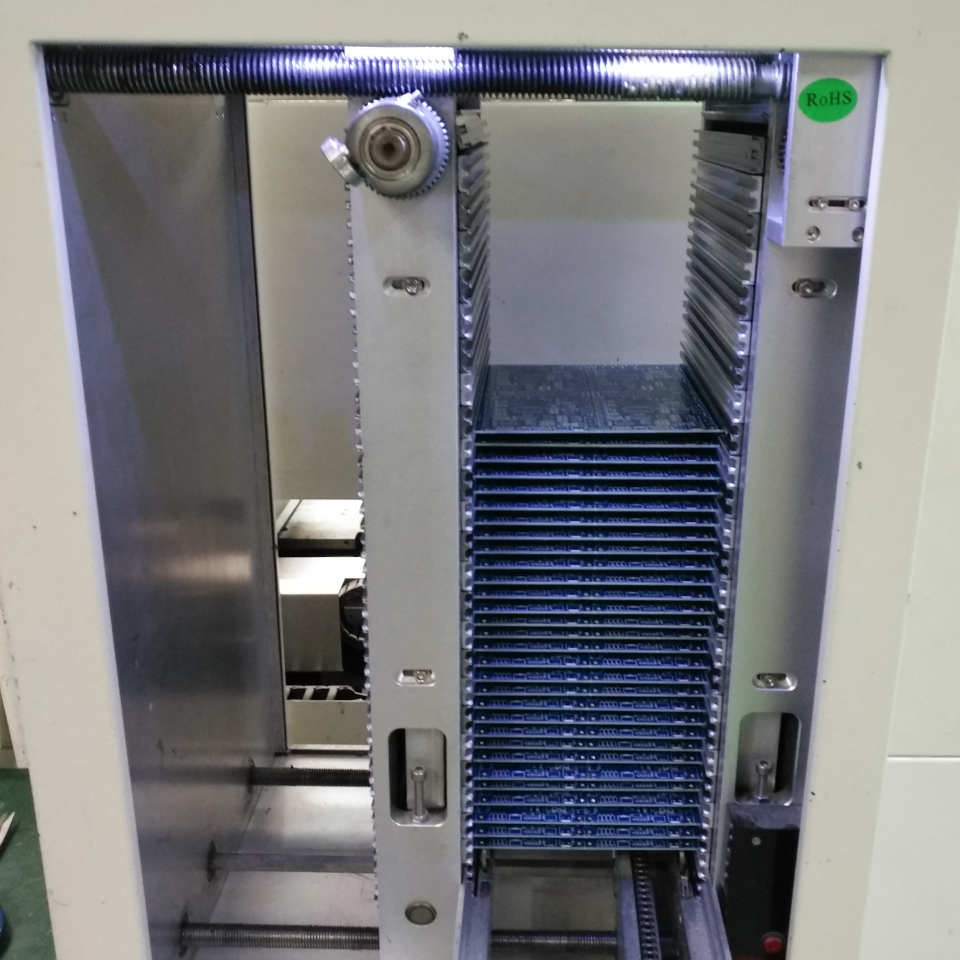What is RFID?
RFID (Radio Frequency Identification) is a technology that uses radio waves to identify things without touch. It helps stores keep track of their inventory. This tech uses special tags and readers. The reader sends a signal and the tag responds with its own code.
RFID signals can have different strengths or "frequencies." Common ones include 125khz RFID and 13.56mhz RFID. Stronger signals like 13.56 MHz can reach further than weaker ones like 125khz RFID signals.
What is NFC?
NFC, or Near-Field Communication, allows devices to share data when they are close to each other. It is a part of the RFID family and operates at short ranges. Unlike RFID, NFC can transmit more data than just simple ID information.
NFC operates at the same frequency as high-frequency RFID readers and tags, which is 13.56 MHz. However, NFC requires the devices to be very close to each other (a few centimeters), making it a secure method for data transfer as it is difficult for others to intercept the signals.
NFC vs RFID: What’s The Difference?
There are several factors that distinctively set RFID and NFC apart.
Frequency and Range
- RFID operates on multiple frequencies, including low-frequency (125kHz), high-frequency (13.56MHz), and ultra-high-frequency (433-960MHz and 2.4-2.5GHz). Most of the time, RFID works from a longer distance. This makes it good for tracking items in big spaces like warehouses.
- NFC always uses the same 13.56 MHz bandwidth no matter what. NFC needs devices to be very close. They must be within a few inches of each other.
One-Way vs. Two-Way Communication
- RFID tags only send data. They do not get data back. This is a one-way system.
- NFC can support two-way communication. It lets two devices talk to each other and exchange data. For example, you can tap your phone on an NFC tag to get information from it and then send something back such as your payment info if you are buying something in a store.
Data Transfer Volume & Speed:
- NFC can transfer data up to 424 kbps. For peer-to-peer file sharing, the 424 kbps speed allows for the quick transfer of small files like contact information or photos.
- RFID tags hold less data. They often just have simple ID info such as a product's name or number code.
NFC is good for jobs that require moving lots of information quickly. However, RFID can still be used for tasks that require sending small amounts of basic information.
Cost Considerations:
- NFC tags cost around $0.50 to $2.00 each, and many modern smartphones can act as readers. In the marketing sector, NFC-enabled posters with mid-range cost tags are used for interactive advertising.
- RFID: Passive RFID tags cost from $0.10 to $1.50 per tag, depending on the type and functionality. Active RFID tags are more expensive, starting at $10 and going upwards. RFID readers can cost anywhere from $500 to $2,000. If you need a system that works from far away, an RFID setup could cost more.
Security
- NFC has strong safety features like built-in encryption and secure channels. It is a good choice for jobs that need safe data sharing. For instance, mobile payment systems use NFC because it keeps credit card details more secure when people pay with their phones.
- RFID does not have as many safety features as NFC.
Compatibility and Connectivity
- RFID: It requires a dedicated RFID reader to read and write data to RFID tags.
- NFC only talks with phones and tablets well that have an NFC chip. This is how we pay for things at the store with our phone. However, NFC does not require a dedicated reader to read and write data to NFC tags.
Deciding Between RFID and NFC For Your Businesses
For Quick Scanning of Multiple Assets
RFID tags work fast when you need to scan many items at once. If your company has a lot of assets, this may be the best choice for you. RFID uses 125khz or 13.56mhz radio waves to send and get data.
This way, a single reader can check many tags at once without touch. It makes work easy and saves time too!
For Scanning Assets at Great Distances
RFID is the best pick for scanning assets at far distances. This technology can read tags from up to 300 feet away. It sends strong radio waves that move through the air and touch every tag within range.
So, even if you have a large warehouse or a wide outdoor space, RFID does an excellent job. It scans all tags in its path quickly and accurately. No need to be close or waste time scanning each item one by one!
For Scanning Assets Without Line of Sight
RFID shines in the task of scanning assets without a line of sight. Unlike NFC, it doesn't need direct contact or a clear path between the reader and tag.
This trait makes RFID perfect for tracking items in hard-to-reach places.
Different kinds of RFID work better at different distances. The 125khz RFID is great for close range asset tracking. On the other hand, you can use a 13.56 MHz RFID reader to track items from afar.
So, no matter where your assets are, there's an RFID solution that fits your needs well.
For Securely Tracking Assets
You can use RFID and NFC to keep your assets safe. Both come with strong safety features. They fight off new dangers all the time. But, NFC really shines in keeping data safe during transfer.
It is great for jobs where you need top-notch security like access control and payments. The type of tracking solution used does affect how much protection you get though. So, pick a solution that meets your specific needs for robust security!
For Budget Considerations
Money matters in business. The cost of RFID and NFC can change a lot. It depends on things like how many you need and what they must do. RFID is often less money than NFC tags. This might make it a better choice for some businesses.
You should think about your business needs before choosing between the two. Both can be great tools for any type of company.

